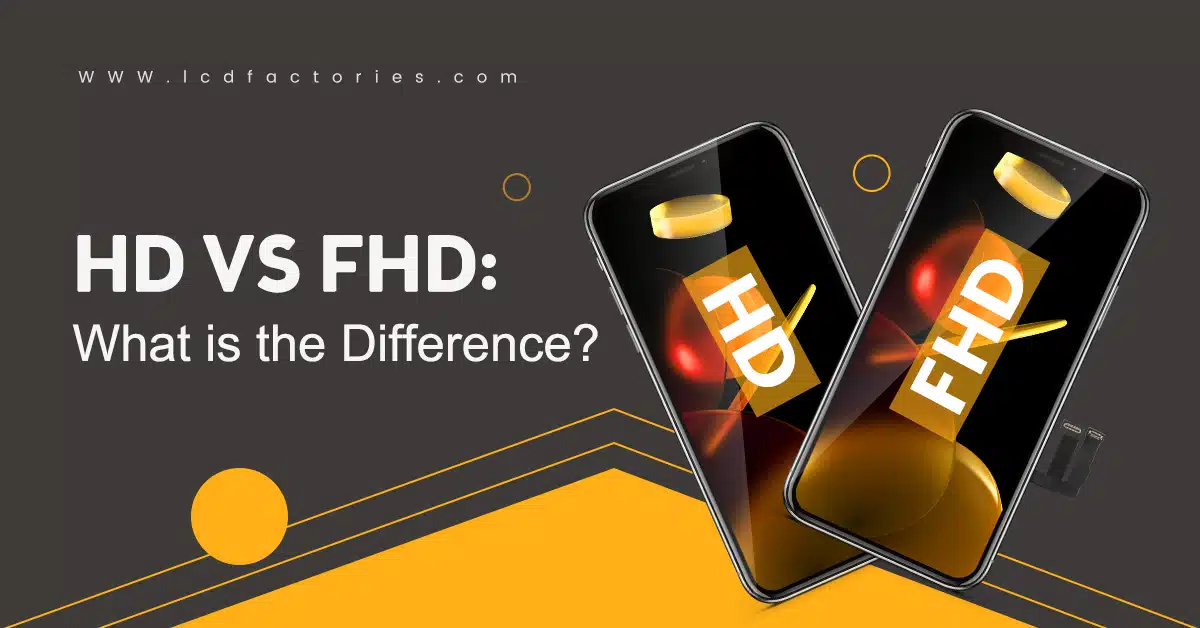In the mobile phone screen aftermarket, there are too many different types and different qualities, which makes customers confused. Today we’ll take a look at the difference between these display technologies, and how they affect the user experience.
Backplane technology currently on the market includes amorphous silicon (a-Si), low-temperature polycrystalline silicon (LTPS), and indium gallium zinc oxide (IGZO)
What is a-Si?
a-Si is an amorphous silicon technology, and a-Si was once the leading technology in the display field. In the past, almost all the backlight layers of LCDs used a-Si as the integrated circuit substrate.

Pros
- Low cost
Large output
Cons
Low electron mobility
Low screen brightness and pixel density (PPI)
The structure is unstable
Low photoelectric conversion rate
What is LTPS?
LTPS is a new-generation technology product derived from polysilicon material. Polysilicon is synthesized at relatively low temperatures (~650°C and lower) compared to traditional methods (above 900°C). LTPS is a backplane technology with a large market share at present, which is not only applicable to LCD but also applicable to OLED.

Pros
Dynamic and rich colors
Fast response and less reflective
High picture resolution
Cons
Deteriorates faster than other LCDs
High cost



